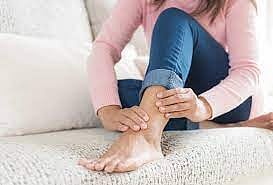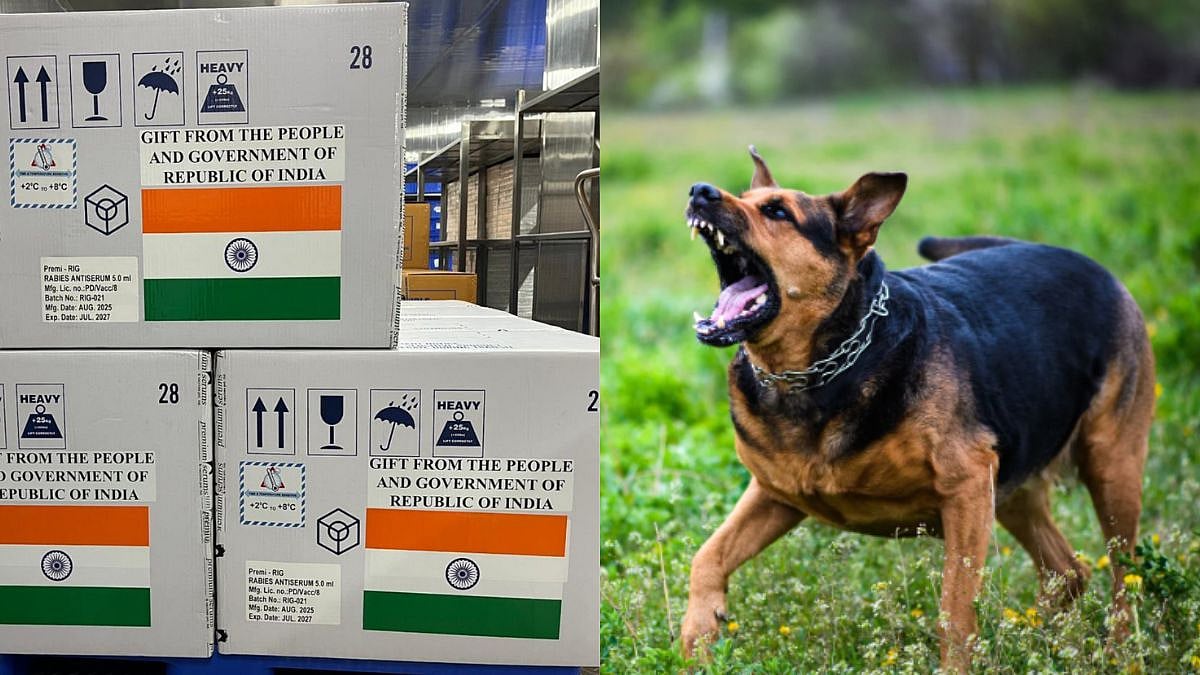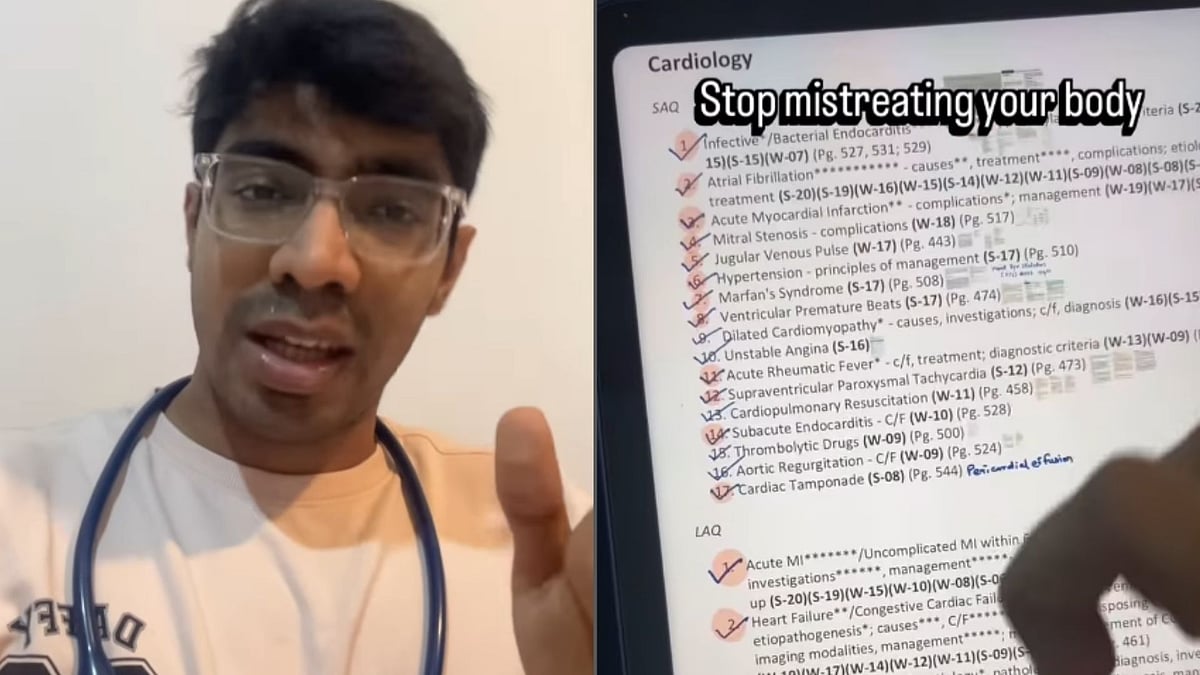Stiffness, aches and pains are often associated with changes in weather, especially the falling temperatures of winter. Understanding why certain people react to weather changes and others do not is still unclear, but there are several steps you can take to ward off such problems when the weather turns cold.
There are several reasons why winter may cause joints to feel achy. The cold naturally makes muscles feel more tensed up and tight. This tension may lead to less mobility and flexibility in the joints. Some studies also link changes in joints to changes in the barometric pressure, dry air, and other winter-related issues which cause tendons, muscles and the surrounding tissues to expand. Because of the confined space within the body, this can cause pain, especially in joints affected by arthritis.
Although the exact science is still out as to why cold weather makes us feel achy, many people report feeling slower, stiffer, and pained in the winter. Cold is uncomfortable, and the discomfort makes us painfully aware of every twinge and ache. So, if you’re ready to combat winter joint pain, here are eight tips for winter joint pain relief to help you feel better when blustery temperatures settle in.
Everyone’s body reacts to fluctuating barometric pressure, but people with arthritis and those with chronic pain are more vulnerable to feeling discomfort. Also, bad weather can affect people’s moods; if you are sad or depressed, the perception of pain can be magnified.
Persons with weak immunity are unable to adjust to natural changes with the onset of season and such persons generally become sick with a frequent cold, cough, fever, vertigo, Excess cold weather can cause hemorrhage, paralysis etc. Actually, the seasonal changes have an effect on body temperature and blood pressure. In winters there is a rise in blood pressure due to constriction of blood vessels.
The nail chakras, being the cosmic energy gates protect the body from seasonal imbalance. Paste Byol magnet white side touching the skin of the middle finger of the left hand at bottom of the nail, on skin. Also, do the same on the middle fingernail of the right hand but yellow side of the magnet touching the skin.
If you experience any unusual or new symptoms with your joints — such as persistent swelling, redness, difficulty putting pressure on, or using, the joint — it’s a good idea to consult your physician. If you have consistent or severe pain that becomes disabling, seek medical care right away. But for the most part, this issue can be managed easily through self-care.
· Ease the shock of cold weather on your body by dressing aching joints with an additional layer of clothing. Ankle, elbow and knee socks, wristbands
· Build up muscle and bone strength through light morning stretches and exercise. Yoga is best for most as one can choose the degree of difficulty.
· Maintain a healthy weight to decrease stress on your joints, especially your knees.
· Avoid unnecessary strain on your joints during daily activities.
· Apply heating pads to painful areas. Heat helps relax your muscles.
· Get up, walk around and be active indoors and outdoors. Stretch before going outside to loosen stiff joints. Staying active in the winter keeps your muscles and joints healthy.
· Get a good night’s sleep, eat a healthy diet and keep a positive outlook.
· Drink warm water or fluids like green tea or light black coffee.
Taking over-the-counter pain relievers and anti-inflammatory medications may be necessary, but only under the supervision of a physician. Many supplements and medications can result in unwanted side effects. Follow through on your physician’s recommendations for any vitamins (such as vitamin D) that may get low once the weather gets cold.
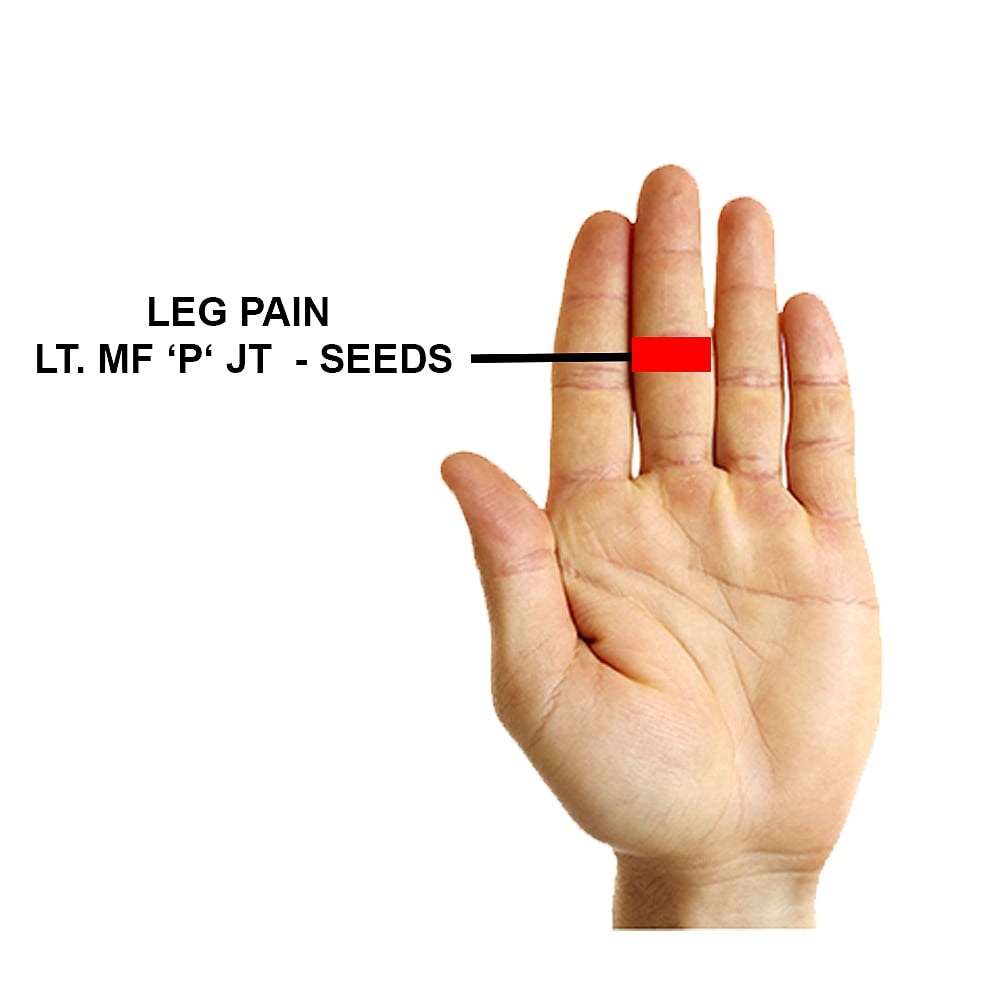


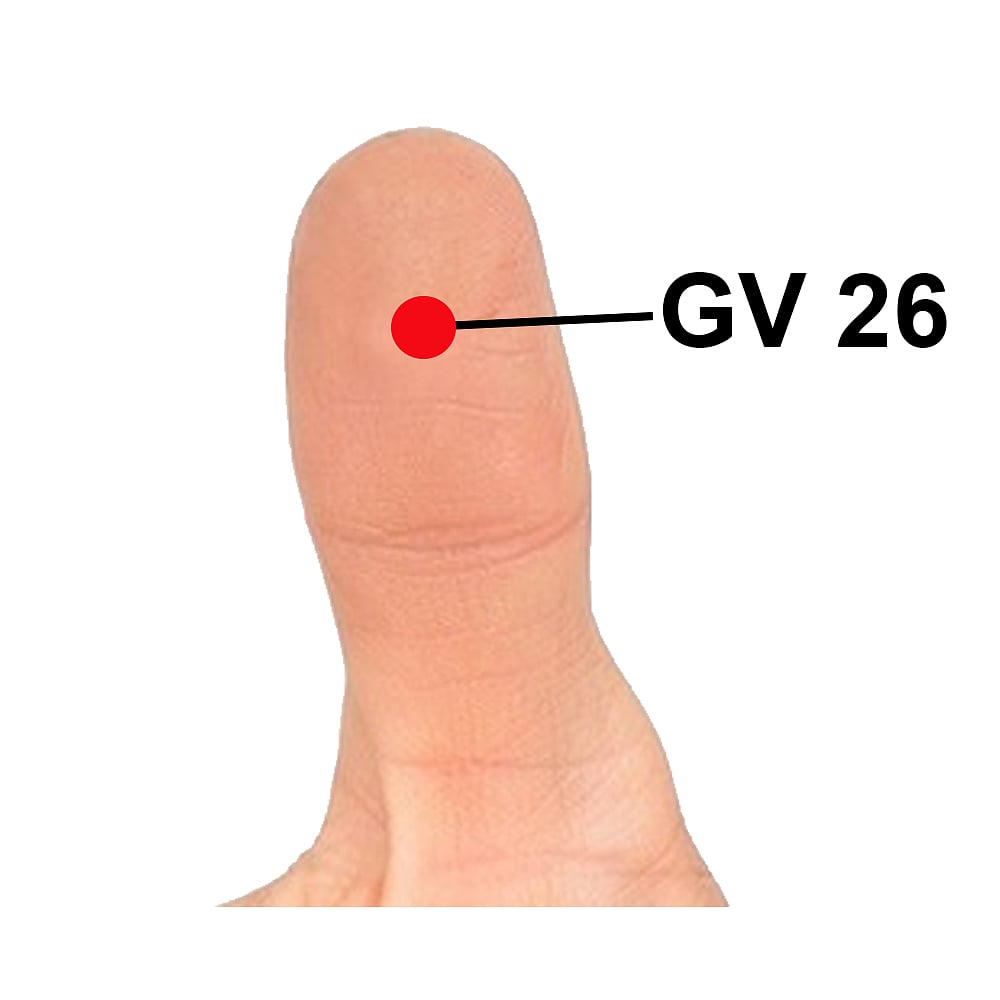

· Of course, you could get a lot of relief from alternate healing techniques like acupressure. Sujok, a form of acupressure requires you to stimulate points on the hand and foot, which means you can do it yourself. Take a stretchable Sujok ring and roll it on all your fingers for four to five times daily. The point feeling painful should be covered with the methi tape for most of the time, taking care to change the methi seeds and tape every 24 hours.
(Note: Check illustrations and focus on the pressure points that are associated with your pain.)
